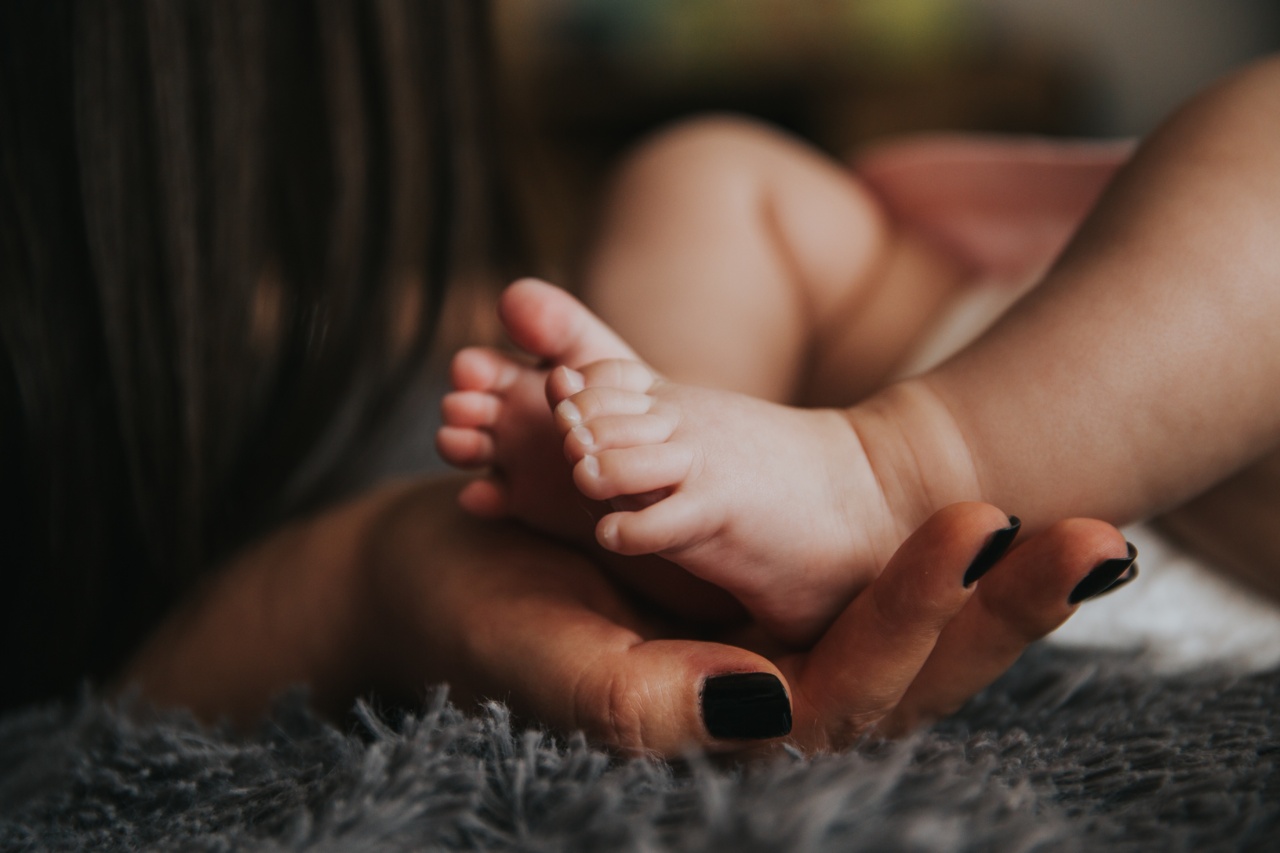Haemophilia is a rare bleeding disorder that affects around 400,000 people worldwide. It is an inherited condition that primarily affects males, and can be life-changing for those affected.
For children with haemophilia, their daily lives can be impacted significantly, and they require careful management to ensure that they can live as normal a life as possible. In this article, we will explore the life of a haemophilic child, and what their daily routine might look like.
What is Haemophilia?
Haemophilia is a genetic condition, which means that it is passed down from parents to their children. It affects the clotting factor in the blood, which means that those with haemophilia bleed for longer than normal when they injure themselves.
There are two types of haemophilia, type A and type B, depending on which clotting factor is affected. The severity of the condition can also vary, from mild to severe.
Diagnosis and Treatment
Haemophilia is usually diagnosed at birth or in early childhood. The most common sign is prolonged bleeding after an injury or surgery, or excessive bruising.
If a child is suspected of having haemophilia, they will be referred to a specialist haemophilia centre for further tests.
The primary treatment for haemophilia is replacement therapy, which involves replacing the missing clotting factor with regular injections of a clotting factor concentrate.
This helps to prevent bleeding and ensures that children can lead as normal a life as possible. For severe cases of haemophilia, prophylaxis may be required, which involves regular injections of clotting factor to prevent bleeding events from occurring.
The Daily Life of a Haemophilic Child
The daily life of a haemophilic child can vary, depending on the severity of their condition. For those with mild haemophilia, they may not require regular treatment, and can live relatively normal lives.
However, for those with severe haemophilia, their daily routine may involve regular injections and careful management to prevent bleeding events.
School and Education
For haemophilic children, attending school is an important part of their development. However, there are a number of things that need to be considered to ensure that they are safe and able to participate fully in school life.
This may include informing teachers and staff about their condition, ensuring that a treatment plan is in place, and providing guidance on what to do in the event of a bleeding episode.
Sports and Physical Activity
Participating in physical activity is important for all children, and haemophilic children are no exception. However, there are certain activities that may need to be avoided, such as contact sports or high-impact activities.
It is important to work with a doctor or specialist to identify safe sports and activities for children with haemophilia, and to ensure that they are provided with the appropriate protective gear, such as helmets or padding.
Travel and Holidays
For haemophilic children and their families, travel and holidays can require extra planning and preparation.
This may include ensuring that the necessary medication and treatment supplies are packed, researching medical facilities at the destination, and taking steps to reduce the risk of injury or bleeding, such as avoiding activities with a high risk of injury.
Emotional and Mental Health
Living with a chronic condition such as haemophilia can have an impact on a child’s emotional and mental health.
It is important to provide support and guidance to help them cope with the challenges that they may face, and to ensure that they feel empowered and in control of their condition. This may include therapy or counselling, support groups, or simply providing a supportive and understanding environment at home.
Caregiver Support
For parents or caregivers of haemophilic children, providing care can be a challenging and demanding role. It is important to take care of their own physical and emotional health, and to seek support when needed.
This may include support groups, counselling or therapy, or simply taking time for self-care and relaxation.
Conclusion
Haemophilia is a rare but life-changing condition that can have a significant impact on the daily life of a child. However, with careful management and treatment, haemophilic children can lead full and active lives.
It is important to provide support and guidance to both the child and their caregivers, to ensure that they are able to cope with the emotional and practical demands of living with haemophilia.































